$180.00
4-HO-MET ALSO KNOWN AS 4-Hydroxy-N-methyl-N-ethyltryptamine, also known as schleeb, color, methylcybin, metocin, and officially known as 4-Hydroxy-N-methyl-N-ethyltryptamine, is a lesser-known tryptamine psychedelic. TiHKAL “Tryptamines I Have Known and Loved” was published in 1997 by the American scientist. After the year 2000, it began to appear on the online research chemicals market alongside other psilocybin-like substances such as 4-HO-MiPT and 4-AcO-DMT.
BUY 4-HO-MET SPRAY BOTTLES
4-HO-MET, also known as schleeb, color, methylcybin, metocin, and officially known as 4-Hydroxy-N-methyl-N-ethyltryptamine, is a lesser-known psychedelic of the tryptamine class. TiHKAL “Tryptamines I Have Known and Loved,” a book written by an American scientist, documented his discovery in 1997. The appearance on the online research chemicals market began later after the year 2000, alongside other psilocybin structurally similar substances such as 4-HO-MiPT and 4-AcO-DMT.
The psychedelic research results of 4-HO-MET are thought to be due to its partial agonist activity on the 5-HT2A receptor. However, this role and how they result in these research findings are still the subject of ongoing scientific research. Opportunity for researchers to delve deeper into this!
HOW TO USE 4-HO-MET SPRAY BOTTLES?
For maximum shelf life, keep the 4-HO-MET Spray Bottles in a dry and cool place. When working with research chemicals, always take the necessary precautions in the laboratory, such as wiping down surfaces and wearing gloves, a mask, and protective clothing. When using research chemicals, we strongly advised using harm reduction practices.
What is 4-HO-MET?
4-Hydroxy-N-methyl-N-ethyltryptamine, or 4-HO-MET, is a new psychedelic substance of the Tryptamine class.
4-HO-MET is chemically related to psilocin, the active ingredient in psilocybin mushrooms (also known as “magic mushrooms”). It was first synthesized by Alexander Shulgin, who documented it in his 1997 book “TiHKAL” (“Tryptamines I Have Known and Loved”).
CHEMISTRY BACKGROUND INFORMATION 4-HO-MET
4-HO-MET, or 4-hydroxy-N-ethyl-N-methyltryptamine, is a synthetic molecule of the tryptamine class. Tryptamines share a core structure that consists of a bicyclic indole heterocycle linked at R3 to an amino group via an ethyl side chain. 4-hydroxy-N-ethyl-N-methyltryptamine also has a methyl group and an ethyl chain bonded to the terminal amine RN of the tryptamine backbone (MET).
4-HO-MET shares similarities with 4-AcO-MET and psilocin (4-HO-DMT). It is also the 4-hydroxyl analog of the base tryptamine MET. Its activity as a partial agonist on the 5-HT2A receptor is thought to be responsible for the psychedelic effects. However, the role of these outcomes and how they manifest themselves is still the subject of ongoing scientific research.
What are the Effects of 4-HO-MET?
4-HO-MET is frequently reported to be similar to psilocybin (magic mushrooms) and LSD. However, the distinctions are much more pronounced and easily discernible than those between, say, 1P-LSD and LSD. 4-HO-MET has a shorter acting time and is considered a “recreational” psychedelic.
Some of the most commonly reported effects of 4-HO-MET are:
- Stimulation
- Spontaneous bodily sensations
- Colour enhancement
- Visual hallucinations – particularly of a geometric nature
- Analysis enhancement
- Fits of laughter and an increased sense of humor
Potential Side Effects of 4-HO-MET
- Nausea
- Muscle contractions
- Increased heart rate
- Excessive yawning
- Increased salivation
- Temperature regulation suppression
- Seizure
Product Specifications:
Product Name: 4-HO-MET fumarate spray bottles
Other Name(s): 4-hydroxy-N-methyl-N-ethyltryptamine fumarate
IUPAC Name: 3-(2-(ethyl(methyl)amino)ethyl)-1H-indol-4-ol fumarate
CAS: 77872-41-4
Molar Mass: 218.29 g/mol
4-HO-MET Legality
In Austria and Sweden, 4-HO-MET is prohibited. In the UK, it is classified as a Class A drug. It is not scheduled in the United States, but it could be considered an analogue of psilocin. As a result, users and sellers of 4-HO-MET in the United States may be prosecuted under the Federal Analogue Act.
To ensure maximum shelf life, always store in a cool, dry place. This product is only intended for forensic and research use. As a result, it is NOT intended for human consumption or any kind of in-vivo testing on animals or living organisms.
Be the first to review “4-HO-MET Fumarate Spray Bottle” Cancel reply
Related products
Psychedelics
Psychedelics
Psychedelics
Psychedelics
Psychedelics
Psychedelics
Psychedelics

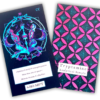
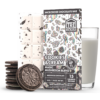
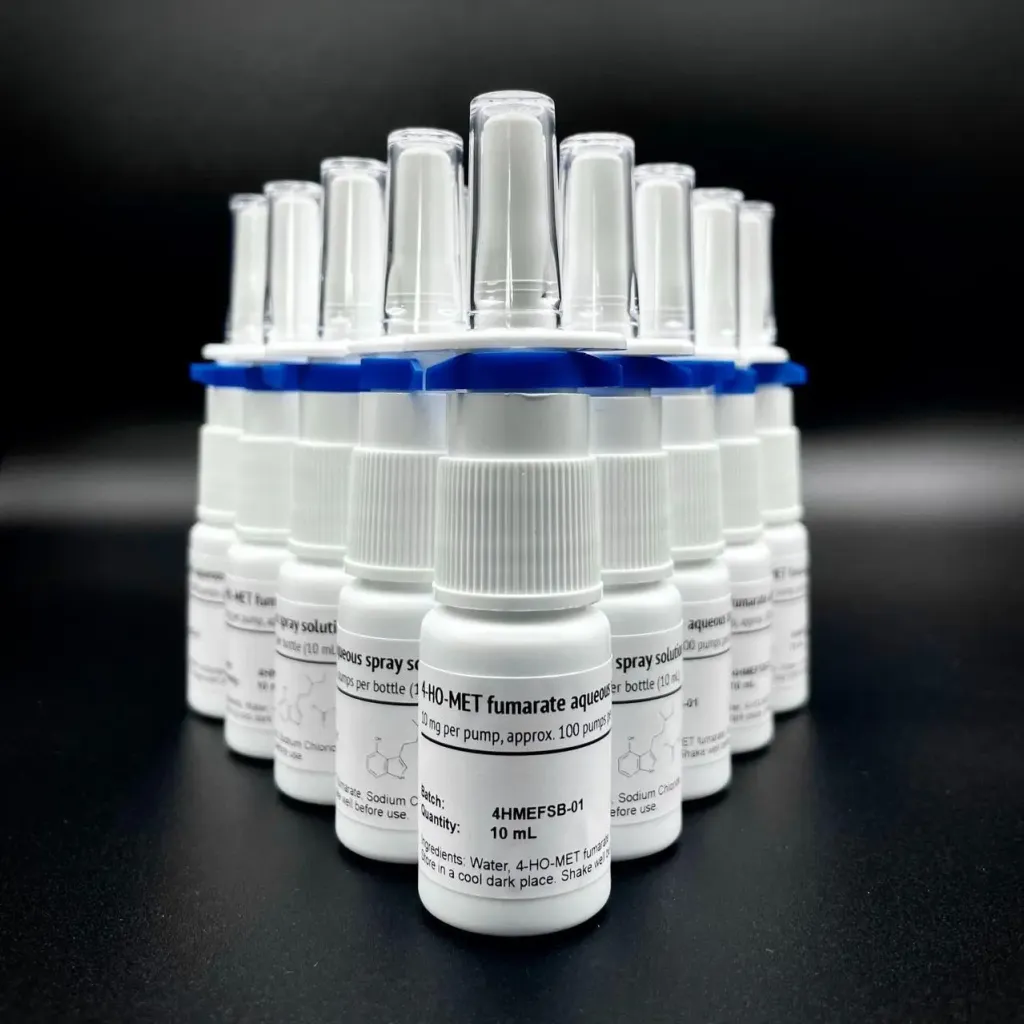



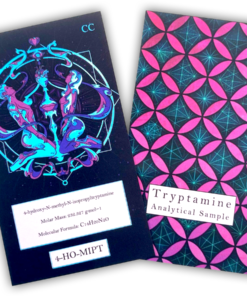
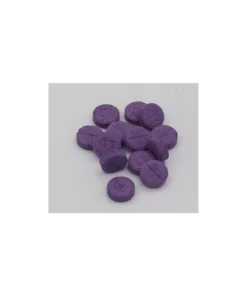

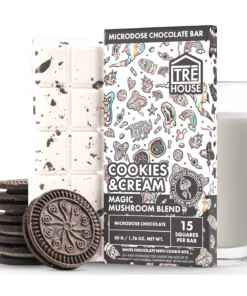

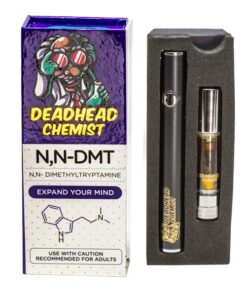
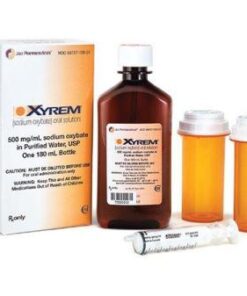
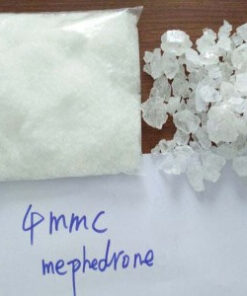

Reviews
There are no reviews yet.